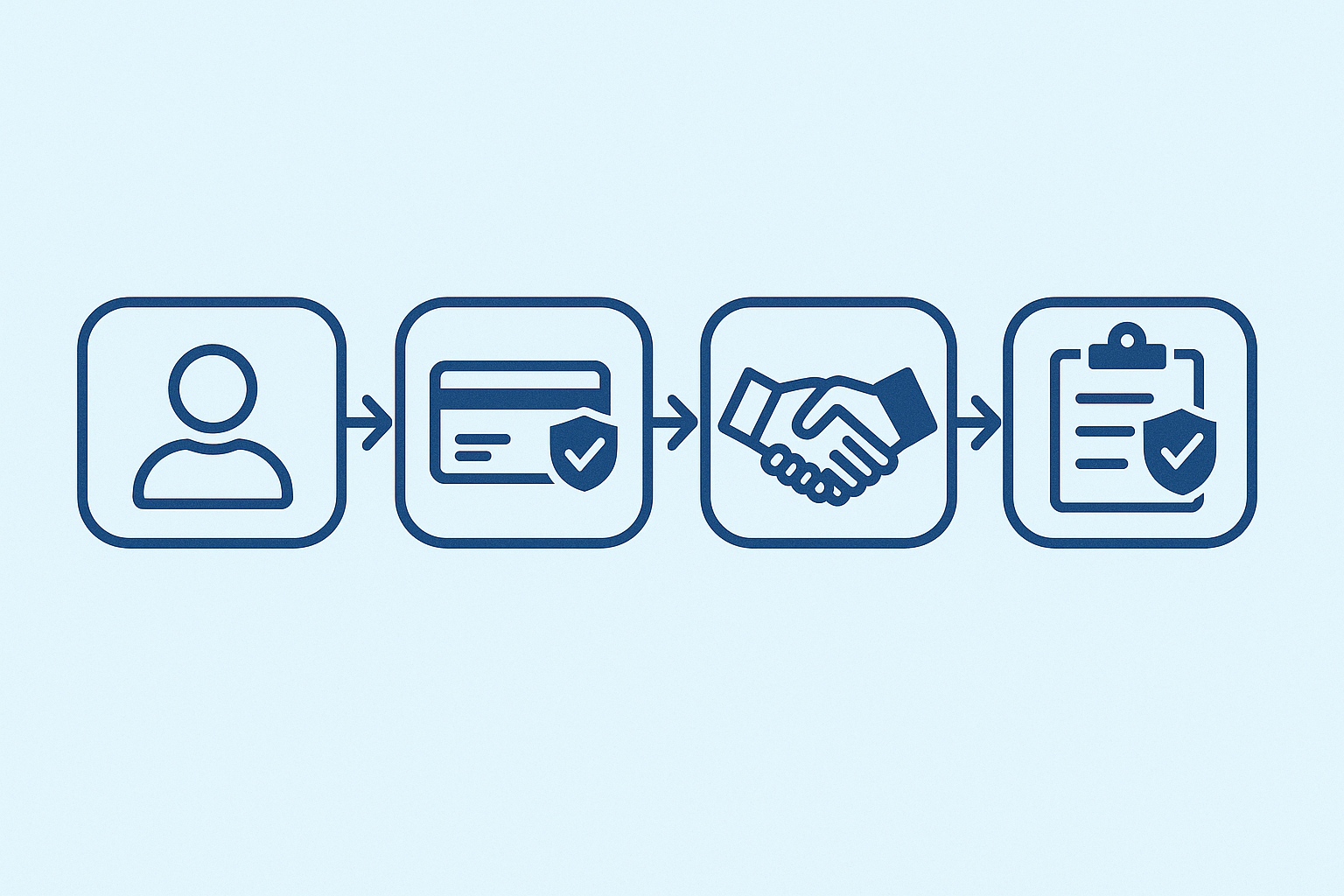The use of artificial intelligence technology is accelerating in the insurance industry both on the claims and underwriting fronts, according to Stan Smith, founder and CEO of GradientAI, and insurers that are too slow to keep pace will have a hard time staying competitive.
“Without a doubt, insurers that are slow to leverage the value of their data with AI machine learning could be at a major disadvantage,” he said. “They essentially will be competing against firms who will leapfrog the competition.”
GradientAI is an enterprise software provider of artificial intelligence tools in the insurance industry. Smith recently spoke with Carrier Management as part of its monthly Strategy Sessions webinar series about the ways insurers are utilizing artificial intelligence to accelerate claims processing, turn quotes around faster and reduce the cost of managing claims, among other initiatives.
“AI is delivering things that in the past just were not possible,” he said. “So many processes that actually took days can now be performed in an hour—sometimes minutes—with greater accuracy.”
The COVID-19 pandemic is one factor that played a role in the insurance industry’s increased adoption of AI, as many insurers moved to a more digital infrastructure faster than anticipated, Smith said. Now, technological transformation “is happening across the industry at every level,” he added. This comes as insurers are leveraging AI to engage with customers remotely and improve efficiencies and decision-making in underwriting and claims processing.
“The efficiencies that AI introduces can now be leveraged to give staff more time to focus on the parts of the work that require more attention,” he said. “What the AI can enable is to have people spending less time doing mundane, repetitive tasks and more time adding high value.”
However, this could be exactly why some insurers are still hesitant to fully embrace AI, Smith said.
“One of the biggest, I think, hesitations or misconceptions is that AI would replace staff, such as underwriters,” he said.
Smith explained that AI isn’t necessarily a replacement for seasoned underwriters but an opportunity to bring efficiencies to their work.
“You bring the best of both together to get a better outcome,” he said. “You get that better outcome by combining the person with the technology, and it’s really this collaboration of a human armed with AI that is the winning strategy to improve outcomes in insurance.”
Another big challenge Smith sees with the use of AI in insurance is obtaining relevant, quality data to train the models, as machine learning relies on learning from the past to project the future.
 “The objective here is not to invest in technology for technology’s sake but rather to invest in what technology can do to move what you consider some of your most strategic drivers for your business forward.”
“The objective here is not to invest in technology for technology’s sake but rather to invest in what technology can do to move what you consider some of your most strategic drivers for your business forward.”
Stan Smith, Founder and CEO, GradientAI
“Without relevant data, you realistically have no effective way for the models to learn,” he said. “That’s the greatest potential opportunity but also one of the greatest risks when a client uses nothing but their own internal data.”
Finally, he said insurers may be hesitant to embrace AI simply because they’ve always done business a certain way and change can be hard.
“This is a very mature industry with practices that have stood the test of time,” he said. “There aren’t a lot of folks thinking that there’s a need to change in many respects…and I think that sort of holds people back.”
To overcome these hurdles, Smith recommends that insurers don’t wait to invest and also exercise caution in investing strategically.
“I mean that before investing in any new technology or automation initiative, you should have a clear vision of the strategic levers you’re trying to move whether that is to reduce cost, improve customer experience, or offer a new and differentiated service,” he said. “The objective here is not to invest in technology for technology’s sake but rather to invest in what technology can do to move what you consider some of your most strategic drivers for your business forward.”
He said many of GradientAI’s clients invest in this technology to improve loss ratio, claims duration, turnaround times and claims costs, as well as measure their return on investment.
“[Strategic investments in technology] will be the guiding light to direct [insurers] to the right technologies at the right pace that can impact their business objectives,” he said. “Are you trying to grow top-line revenue? Are you trying to grow profitably? Are you trying to improve the current profit book?”
While Smith indicated that plenty of insurers are still waiting to fully embrace AI and machine learning, he said this is a good thing as it means the adoption of AI in insurance and its subsequent transformation of the industry is still in its early stages.
“I don’t believe the insurance industry has yet appreciated the complete power, scale and scope of AI and the ways it will fundamentally change the competitive landscape and dynamics in the future,” he said. “I think we’re in the early innings of AI and insurance.”





















 6 Warning Signs for Insurers: How to Anticipate, Respond to Pipe Freezes
6 Warning Signs for Insurers: How to Anticipate, Respond to Pipe Freezes  Artificial Intelligence on Trial: What Recent Lawsuits Reveal About Casualty Exposure
Artificial Intelligence on Trial: What Recent Lawsuits Reveal About Casualty Exposure  What Progressive and GEICO Q3 Results Reveal About Auto Insurance Profit, Growth
What Progressive and GEICO Q3 Results Reveal About Auto Insurance Profit, Growth  Getting the Embedded Ecosystem Right
Getting the Embedded Ecosystem Right 
